Your basket is currently empty!
Home / Mushroom Guide /
Chicken Of The Woods
Chicken Of The Woods
Great in stews and casseroles in place of chicken, stir fries or marinated in a satay sauce and skewered. Must be cooked.
| Mushroom Type | |
| Common Names | Chicken Of The Woods (EN, US), Sulphur Polypore (US), Sulphur Shelf (US), Ysgwydd Felen (CY), Żółciak Siarkowy (PL), Sárga Gévagomba (HU) |
| Scientific Name | Laetiporus sulphureus |
| Synonyms | Polyporus sulphureus |
| Season Start | May |
| Season End | Aug |
| Average Mushroom height (CM) | 0 |
| Average Cap width (CM) | 45 |
Fruiting Body
Globular and sulphur coloured to start with becoming fan-like and fading to pale yellow/ivory. Solid and meaty texture.
Habitat
Grows in large tiers on the trunk and stumps of Oak, Cherry, Sweet Chestnut, Willow and Yew. Great care should be taken if collecting from the poisonous Yew, see Other Facts below for more info.
Possible Confusion
When young it could be confused with Dryad’s Saddle (Cerioporus squamosus) or Giant Polypore (Meripilus giganteus) aka Blackening Polypore, pictured, but both are edible.
As it seems, we have at least three different Laetiporus species in Europe (and there are about five in North America, incl. our L. sulphureus):
Laetiporus montanus grows on Spruce and Larch trees in Central and Southern Europe above 1000m sea-level. We aren’t aware of its existence in the UK, but there is an ongoing research which wishes to determine the number of native Laetiporus species in the UK.
Laetiporus imbricatus looks just a bit paler than our Laetiporus sulphureus. It is native to the Mediterranean region, where it grows on Almond trees.
Spore Print
White. Ellipsoid to broadly ovate.
Taste / Smell
Mushroomy and said to taste like chicken to some, it has the same texture as chicken and is good in stews as a veggie ‘meat’. Best eaten young as the older specimens become woody and acrid to the taste. Should be cooked before consumption. Some people can have an allergic reaction so only a small amount should be tried when first tasting this mushroom. Also see Other Facts below for notes on Yew.
Frequency
Fairly common.
Other Facts
One of the most common hosts for this fungus is the very poisonous Yew tree, and it is often said that the fungus will absorb the toxic alkaloids (Taxine and Taxane) from the tree. Some mycologists have said that this is unlikely, and some foragers have reported eating it from yew repeated times without any issue. However we have also had reports of severe gastric upsets after consumption from Yew. In any case, the toxic alkaloids found in Yew are very resilient and can be found even on dead wood and fallen needles. Therefore specimens collected from Yew should be very carefully inspected, trimmed and cleaned thoroughly to remove any needles or wood debris trapped inside. At this point we cannot recommend collecting Chicken of the Woods from Yew as safe. It is a common fungus and you should be able to find it in other trees.
Very popular in North America where they sometimes blanch and freeze it although when I have tried this it tends to become very woody, it is best eaten when young and fresh.



 (116 votes, average: 3.77 out of 5)
(116 votes, average: 3.77 out of 5)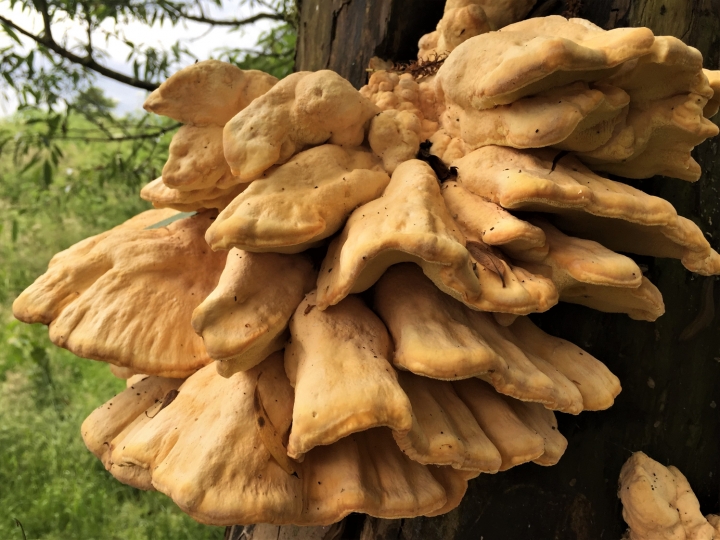















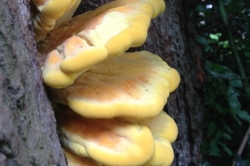
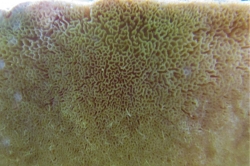
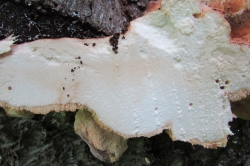
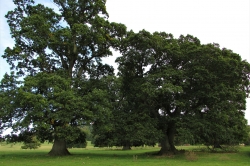
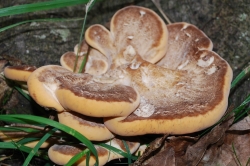




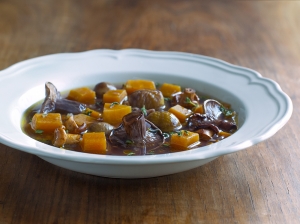
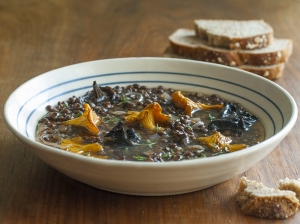
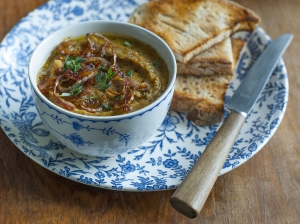

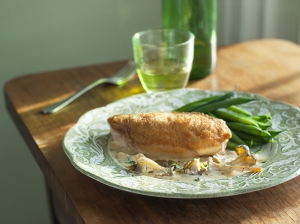
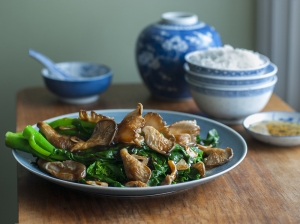
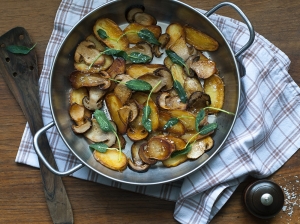
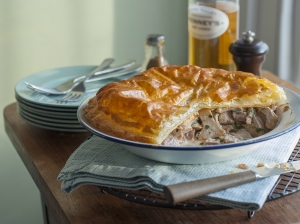

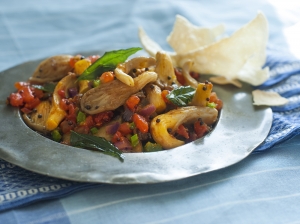







Leave a Reply